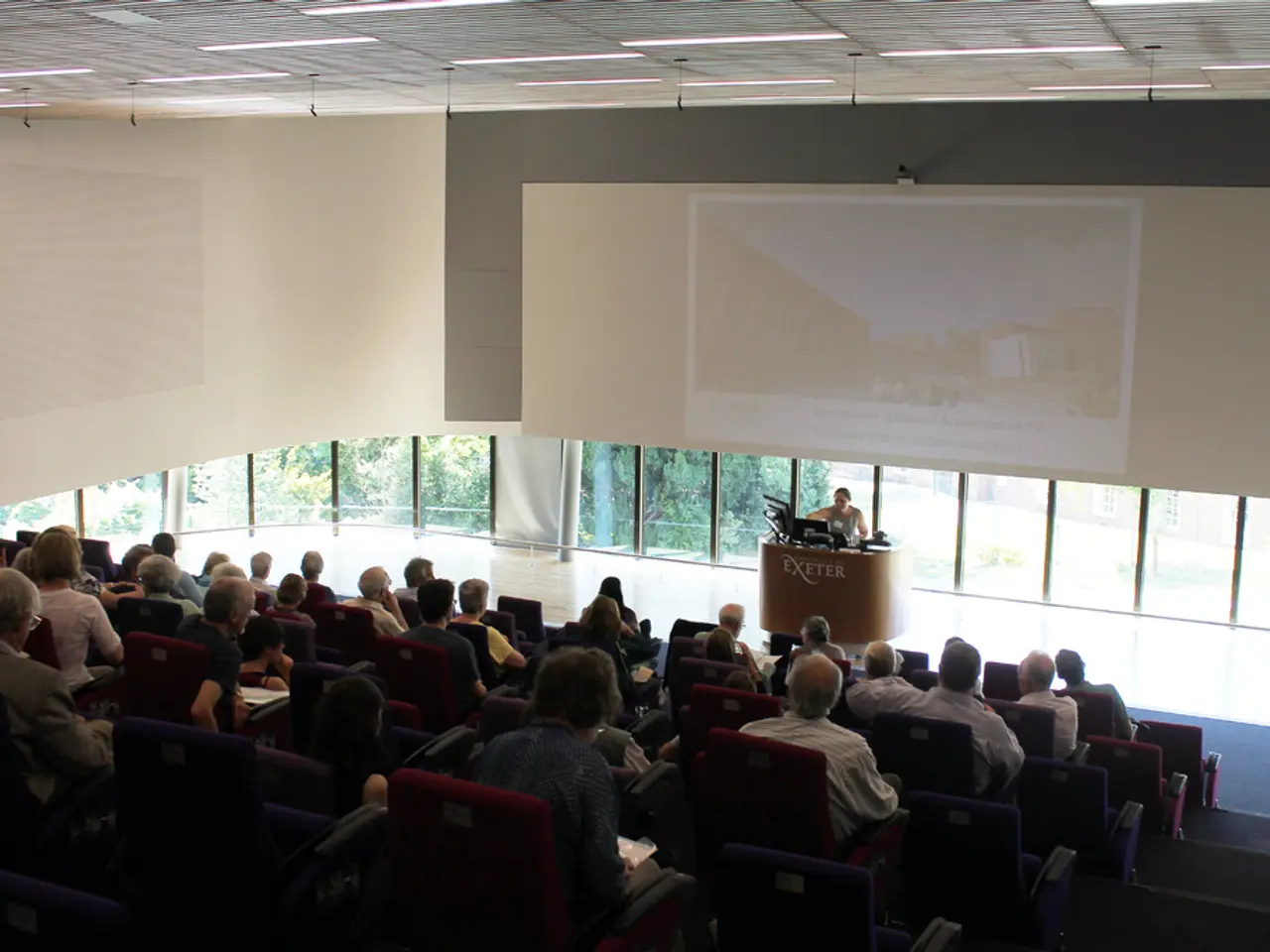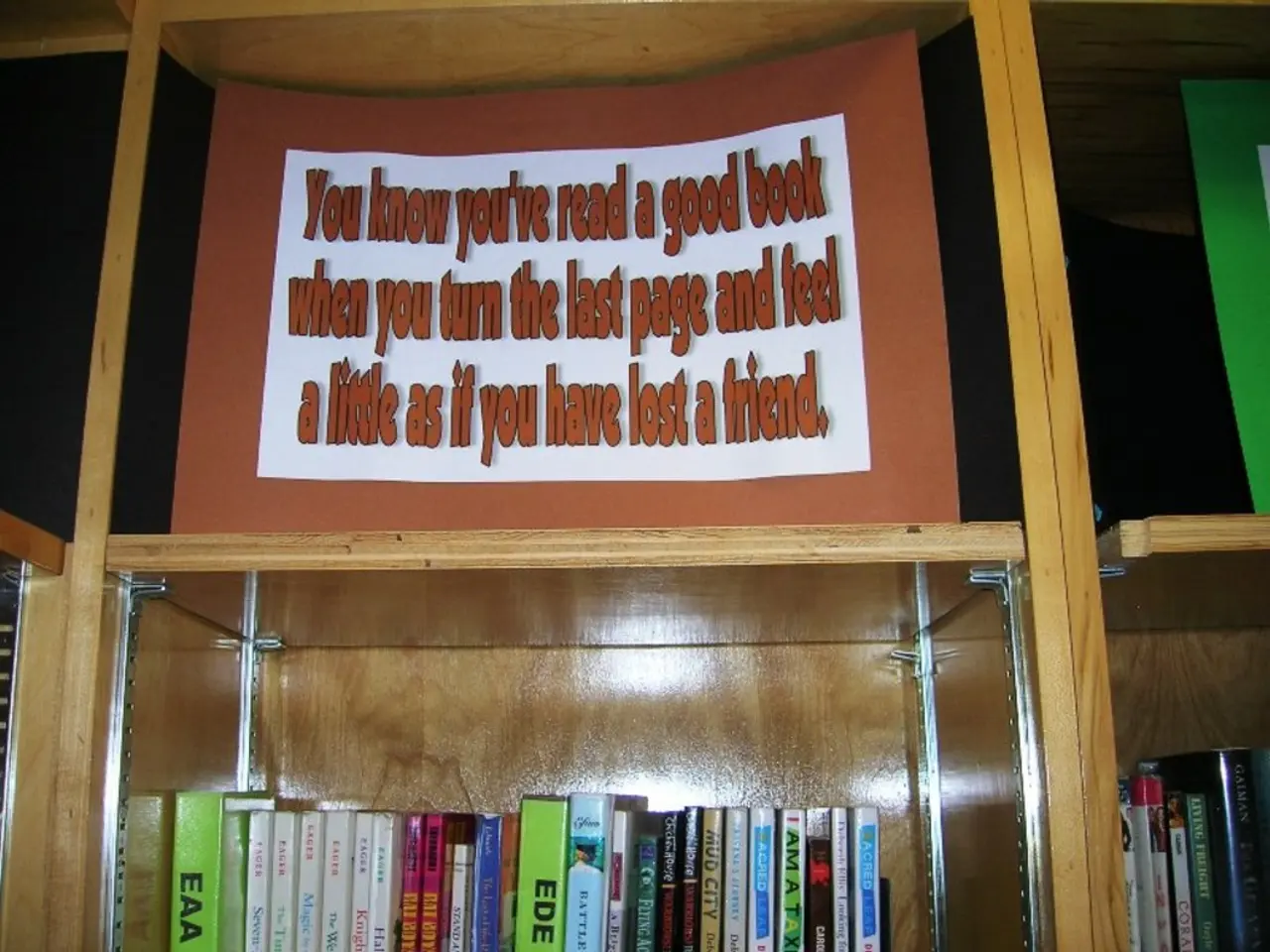Access and Engagement in the Creative Sectors of the UK: Social Class, Involvement, and Work Standards
In a significant move towards a more diverse and inclusive creative sector, the research report "Getting in and getting on: Class, participation, and job quality in the UK's creative industries," published by the Creative Industries Policy and Evidence Centre (PEC) on August 27th, 2020, outlines key strategies to empower working-class individuals and broaden participation in the UK's creative industries.
The report emphasises the need for a multi-faceted approach, combining targeted funding, local engagement, reforming access pathways, and addressing structural barriers. One such initiative is Amazon’s Regional Creatives Fund, which offers grants up to £30,000 to charities that develop creative industry career pathways outside London, aiming to reduce social and economic barriers and unlock local creative talent across regions.
Strong local leadership and community engagement are also crucial to catalyse participation in creative sector programs. The Department of Culture, Media and Sport (DCMS) research highlights that local engagement and collaboration enable inclusive design and delivery of creative initiatives, whereas the absence of local focus creates structural barriers. Community-driven creative enterprises, such as arts centres and festivals, also play a role in fostering inclusive creative economies at local levels.
Reports show student populations entering creative fields are less socioeconomically diverse than general further education students, indicating systemic barriers. These include unequal access to education, workforce preparation, and cultural capital favoring middle-class entrants. To remedy this, calls have been made to fix the “broken talent pipeline” by reforming curricula, providing ongoing training, and ensuring industry collaboration to prepare a more inclusive workforce.
Emphasising creative opportunities outside London, such as in Northern regions, helps diversify the creative sector geographically and socially. Groups committed to increasing working-class representation advocate for spreading cultural leadership and talent development beyond metropolitan centers.
The sustainability and restoration of the UK's creative industries as a major success story in the economy is a critical priority. The report raises the question of how to evolve and enhance the current approach to diversity in the creative industries, aiming to create opportunities for all, maximise talent, and enable all workers to thrive, regardless of their socio-economic background.
The paper, "Getting in and getting on: Class, participation, and job quality in the UK's creative industries," represents the first phase of the PEC's Policy Review Series on Class in the Creative Industries. The report can be found at the following link: [PEC website](https://our website/research-reports/getting-in-and-getting-on-class-participation-and-job-quality-in-the-uks-creative-industries).
Notably, the report was peer-reviewed prior to publication, and the views and interpretations expressed in the report do not necessarily represent those of the PEC or its partner organisations. The authors of the report include Associate Professor Neil Lee from the London School of Economics, Professor Dave O'Brien from the University of Manchester, Policy Analyst Rebecca Florisson from the Work Foundation, and Director of Work Advance Heather Carey.
While growing awareness and efforts to promote greater inclusion have been made, the likelihood of someone from a working-class background finding work in a creative occupation has remained largely unchanged since 2014. Despite this, those from privileged backgrounds are more than twice as likely to secure a job in a creative occupation. The pandemic poses a significant threat to the UK's cultural infrastructure and workforce, making it more crucial than ever to address these issues and create a more inclusive and representative creative sector.
- The research report "Getting in and getting on: Class, participation, and job quality in the UK's creative industries," published by the Creative Industries Policy and Evidence Centre (PEC), outlines strategies for empowering working-class individuals to participate in the UK's creative industries.
- The report emphasizes the importance of a multi-faceted approach, which includes targeted funding, local engagement, reforming access pathways, and addressing structural barriers to participate in the creative industries.
- One such initiative highlighted in the report is Amazon’s Regional Creatives Fund, a grant program offering up to £30,000 to charities that develop creative industry career pathways outside London, aiming to unlock local creative talent across regions.
- Research shows that student populations entering creative fields are less socioeconomically diverse than general further education students, indicating systemic barriers such as unequal access to education, workforce preparation, and cultural capital.
- To remedy this, it is suggested to reform curricula, provide ongoing training, and ensure industry collaboration to prepare a more inclusive workforce, addressing the broken talent pipeline.
- Emphasizing creative opportunities outside London, such as in Northern regions, can help diversify the creative sector geographically and socially, as well as foster inclusive creative economies at local levels through community-driven enterprises.




